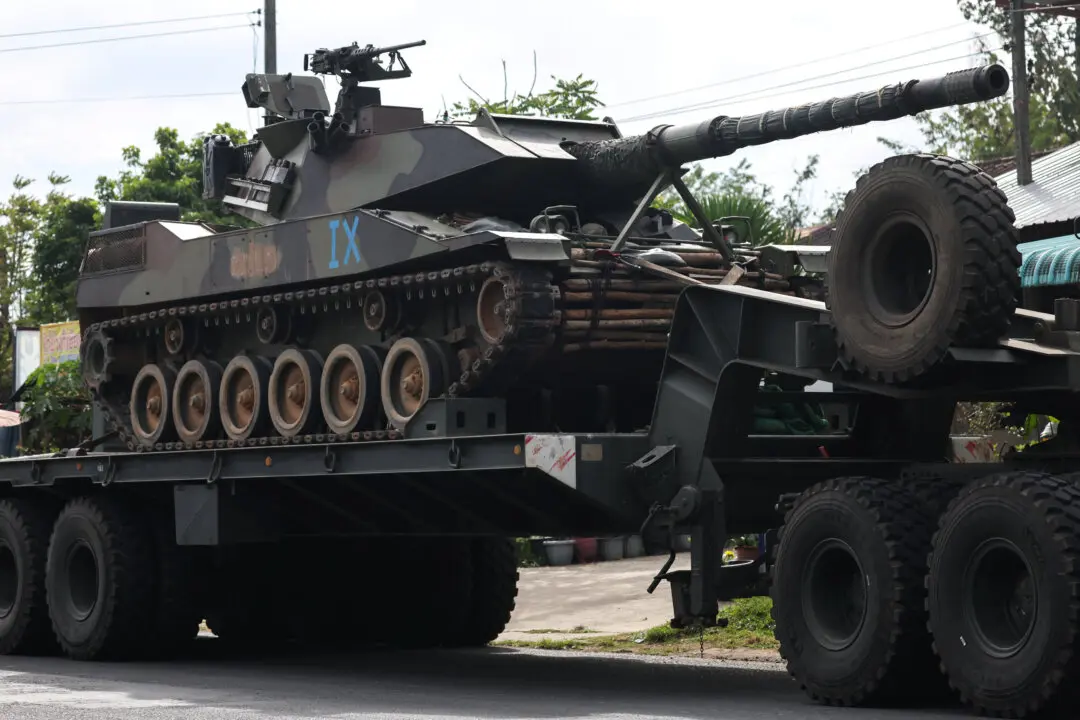PANAMA CITY BEACH, Fla.—The death toll from Hurricane Michael rose to at least 29 on Oct. 16 as crews scoured debris for hundreds of people reported missing in the Florida Panhandle, nearly a week after the storm flattened whole communities.
Michael slammed into the northwest coastal strip of Florida on Oct. 10 with top sustained winds of 155 miles per hour (250 km per hour), unleashing a surge of seawater that demolished homes.




